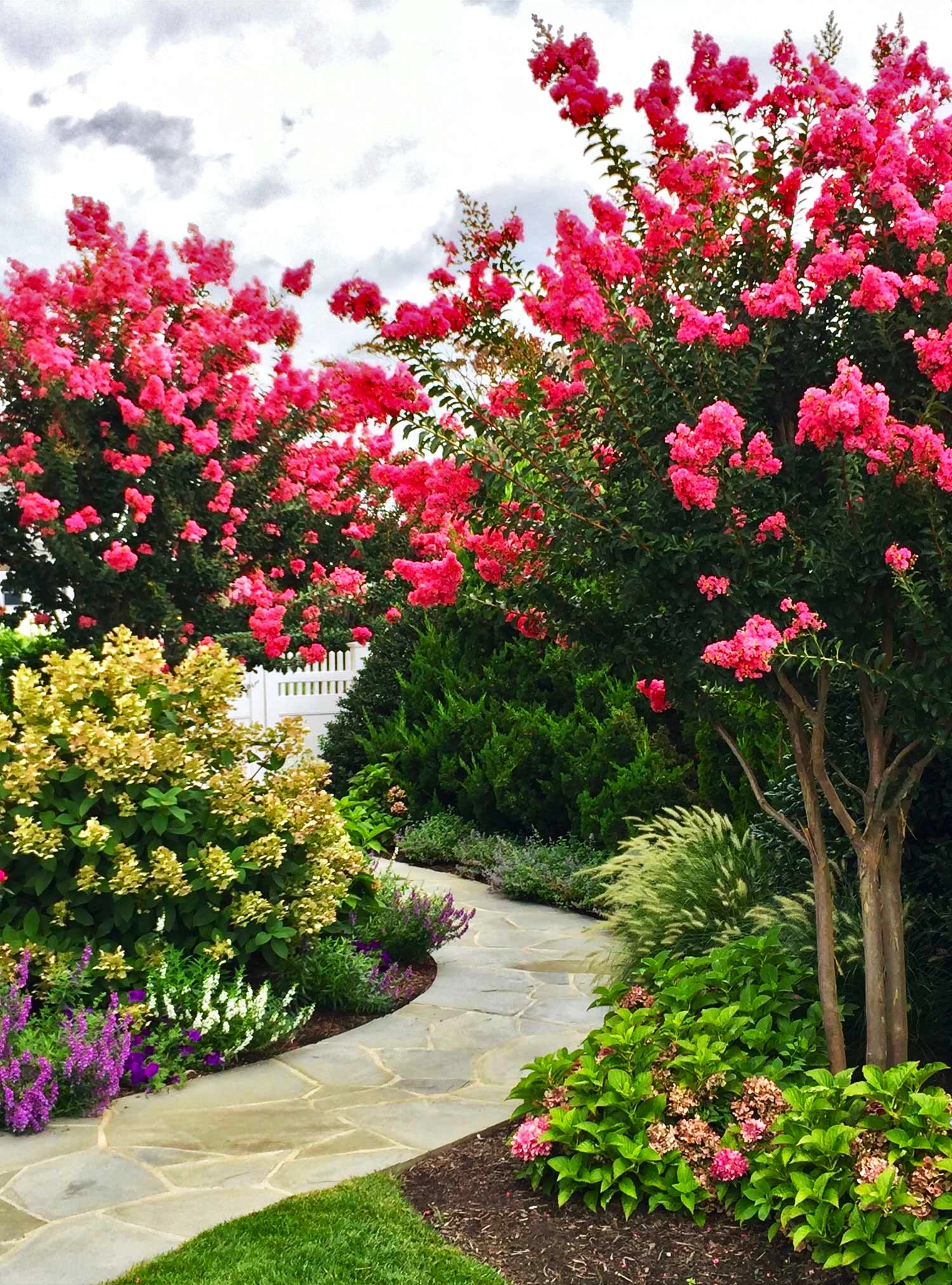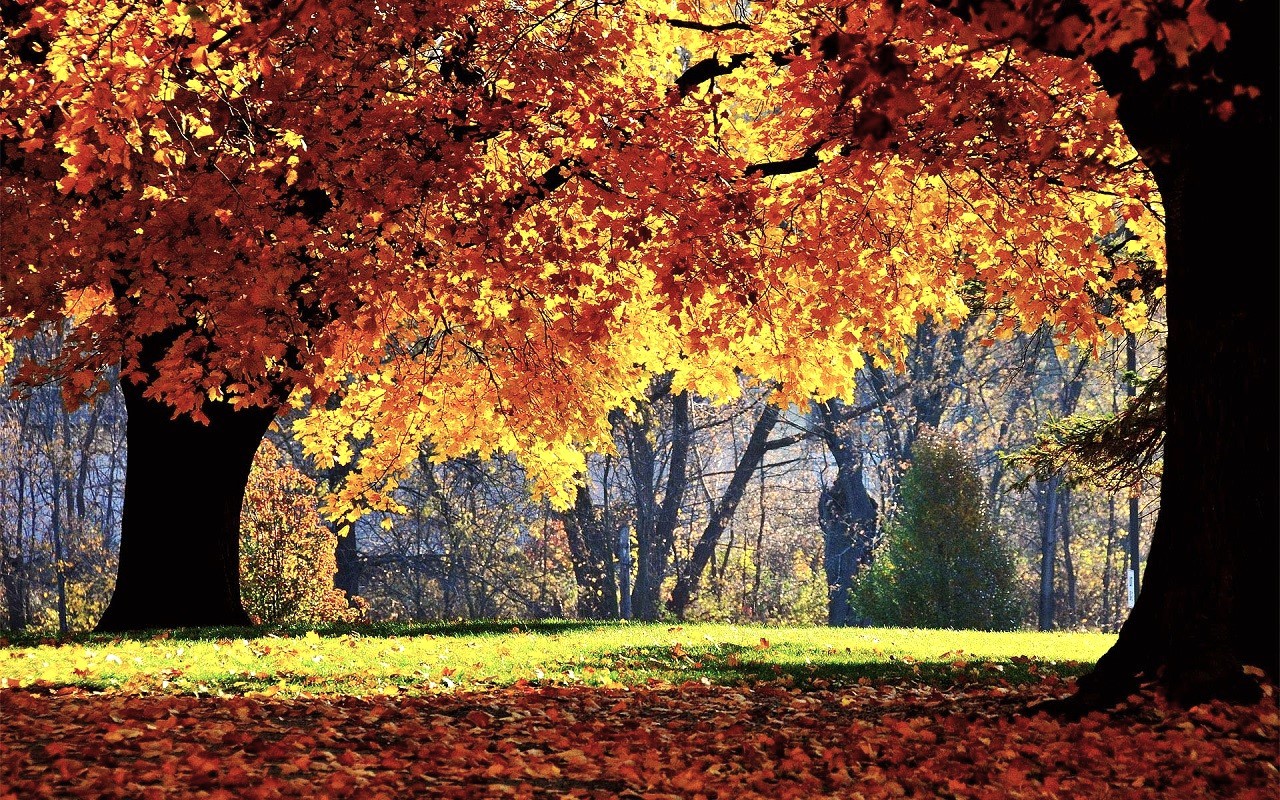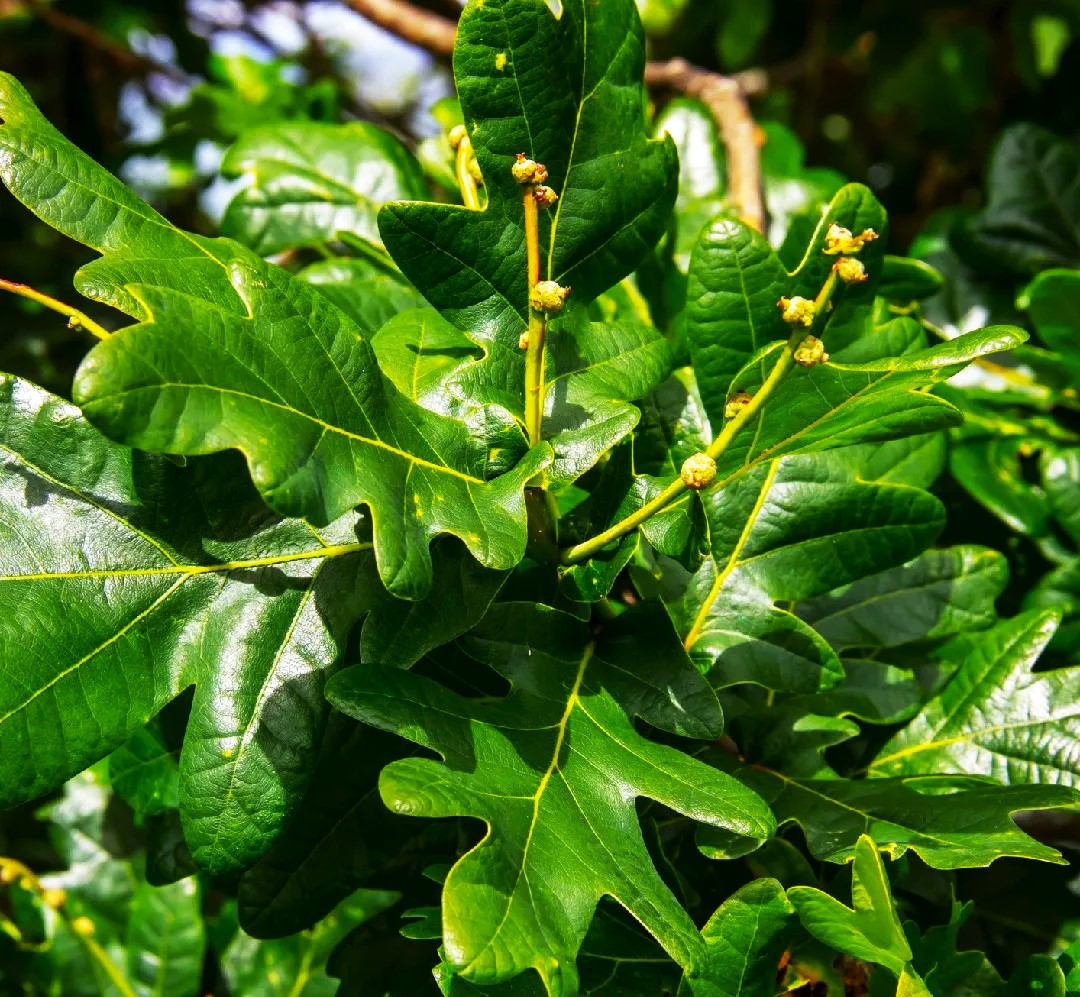Crape Myrtle Alternatives and a Good Replacement for Crape Myrtle Tree

Because of their abundance and ease of care, crepe myrtles have won a special place in the hearts of gardeners in the southern United States. However, there are many options available if you’re looking for something harder, more compact, or simply different from crepe myrtles. Continue reading to discover the perfect alternative to crepe myrtle for your garden or backyard.
Swaps for Crepe Myrtles
Why would someone search for crepe myrtle substitutes? This mid-south staple tree produces copious amounts of blooms in a variety of colors, including red, pink, white, and purple. But a new pest of the crepe myrtle tree called crepe myrtle bark scale is thinning the foliage, reducing the number of blossoms, and covering the tree in sooty mold and sticky honeydew. That’s one of the reasons why people are looking for crepe myrtle alternatives. In climates too cold for this tree to flourish, homeowners are also drawn to plants that resemble crepe myrtle. Some even search for alternatives to crepe myrtle so they can have a unique tree that isn’t in every backyard in the community.
Plants that Resemble Crepe Myrtle
Crepe myrtle has a lot of appealing traits and effective uses. Thus, you’ll have to figure out what “plants similar to crepe myrtle” means to you by identifying your favorites. Look at the dogwoods, especially the Kousa dogwood (Cornus kousa) and flowering dogwood (Cornus florida), if it’s the stunning flowers that capture your attention. These are little trees that bloom profusely in the spring.
The sweet tea olive tree could be the perfect substitute for crepe myrtle if you think it makes a great backyard neighbor. It is very fragrant and grows peacefully in both the sun and the shade, leaving cement and sewers alone with its roots. Hardy up to zone 7.
Try a Chinese parasol tree (Firmiana simplex) if you want to grow something different and still achieve the multiple-trunk effect of crepe myrtle. Its multi-trunk structure resembles that of the crepe myrtle, but instead of having a canopy at the top, its trunks are straight, clean, and silver green. whose leaves have the potential to grow twice as long as your hand. Before planting this one, make sure to check with your local extension office because it may be considered invasive in certain areas. Alternatively, choose another tree whose blossoms are abundant. Hummingbirds, bees, and butterflies are drawn to the chaste tree (Vitex negundo and Vitex agnus-castus), which bursts into a show of lavender or white flowers all at once. The chaste tree branches angularly, resembling a miniature crepe myrtle.





